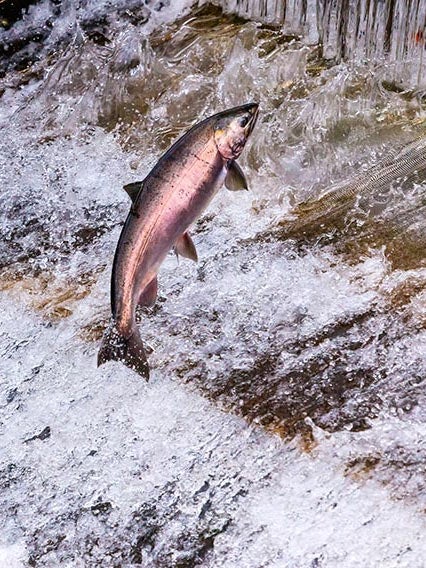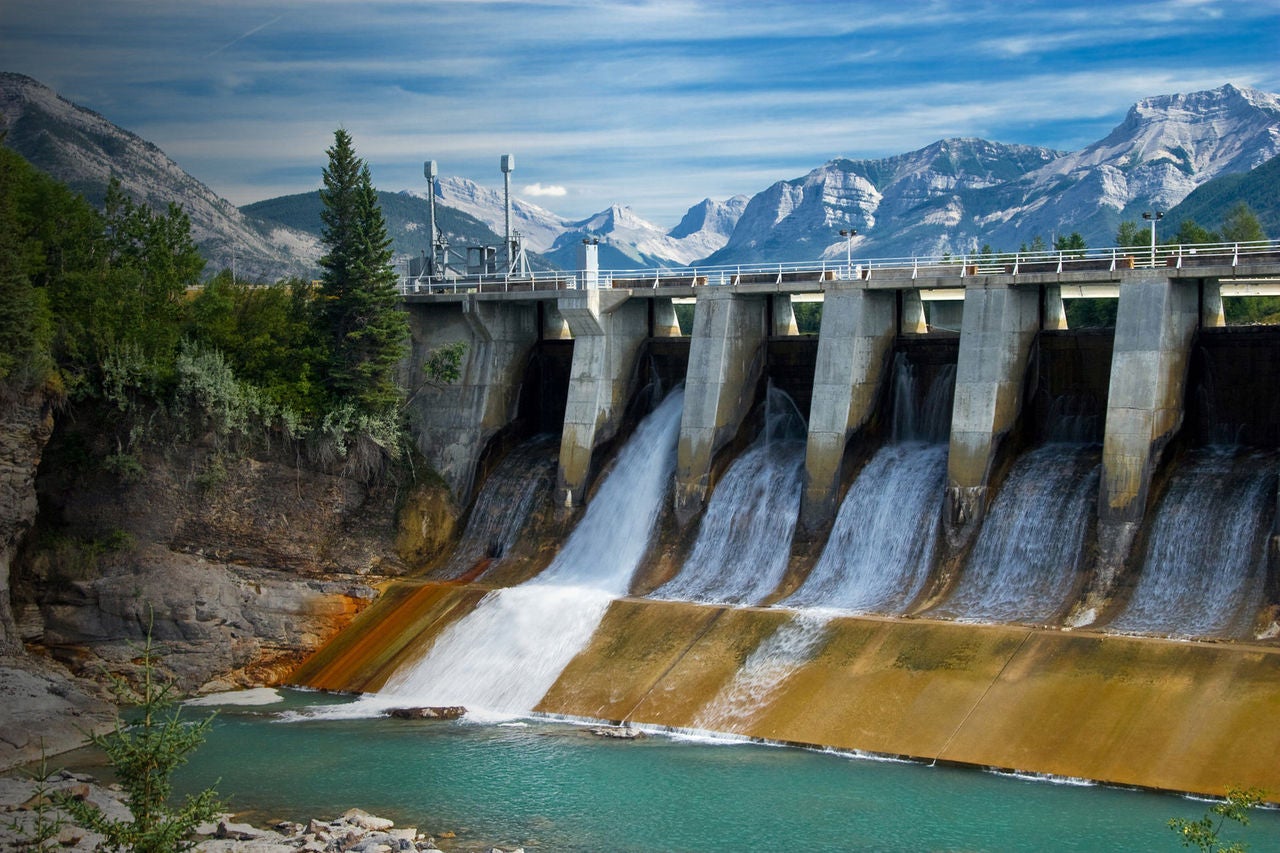Oct 5, 2022
OTTAWA, Oct. 5, 2022 -The Canadian Wildlife Federation (CWF) is calling on the federal government to decide by June 2023 whether to give protection under the Species at Risk Act to each aquatic species that has been scientifically assessed as at risk of extinction following the Commissioner of the Environment and Sustainable Development’s fall audit.
“The reports highlight how delays, bureaucracy and inaction at the Department of Fisheries and Oceans (DFO) is impeding recovery of species culturally and economically important to Indigenous Peoples and all Canadians. This includes Pacific and Atlantic salmon, Atlantic Cod, American Eel, and Lake Sturgeon,” said Rick Bates, CEO of CWF. “Departmental delays have created confusion and uncertainty around how to protect and recover scores of important aquatic species and has allowed for the continued harm and loss of these species without repercussion.”
CWF has been advocating for the federal protection of aquatic species at risk for years and is working directly with partners to restore fish populations. While some progress has been made by DFO, the Commissioner’s fall audit has revealed that the Department
- Has significantly delayed listing for over 50 per cent (116 of 230) of the aquatic species that have been assessed as being at risk since the Species at Risk Act came into force in 2004. Until these species are officially listed, they have no legal protection;
- Does not list at-risk species with commercial value and has delayed or failed to put in place alternative measures as required by departmental policy;
- Does not have adequate enforcement staff available in the Ontario and Prairie region where most of the freshwater species listed under the Species at Risk Act are located.
“Nearly one-third of all global freshwater fish species are threatened with extinction,” said Bates. ‘Migratory freshwater fish have declined by 77 per cent and iconic megafish have declined by 90 per cent since 1970. We must reverse this alarming trend and we need the federal government to step up.”
CWF looks forward to COP15 for the Convention on Biological Diversity being held in Montreal in December. As the conference host, it is hoped Canada will use its influence to reach agreement on global targets for endangered species and make major commitments to actions to recover our own species at risk.
Did You Know?
Canada has a Species at Risk Act, but not all at-risk species are protected. An independent scientific body (COSEWIC) assesses the ecological status of each species. If they find that a species is threatened or endangered, the government then makes a political decision on whether to protect it under the Act. The decision to list a species triggers the development of a recovery strategy, which outlines the protections and steps required to recover the species. Unless and until a species is officially listed, it has no legal protection and species remain in limbo when the decision to list is delayed for years after the scientific assessment is complete.
In Canada, 38 fish species, or 18.7 per cent of assessed species, are considered at-risk (threatened, endangered, extirpated, or extinct), and another 32 are special concern.
About the Canadian Wildlife Federation
The Canadian Wildlife Federation is a national, not-for-profit charitable organization dedicated to fostering awareness and appreciation of our natural world. By spreading knowledge of human impacts on the environment, carrying out conservation actions, developing and delivering education programs, recommending changes to policy and co-operating with like-minded partners, CWF encourages a future in which Canadians can live in harmony with nature. For more information visit CanadianWildlifeFederation.ca.
-30-
Contact:
Heather Robison,
Media and Community Relations Officer,
heatherr@cwf-fcf.org
613-599-9594 x 212
Or
- 0
- 1
- 2



